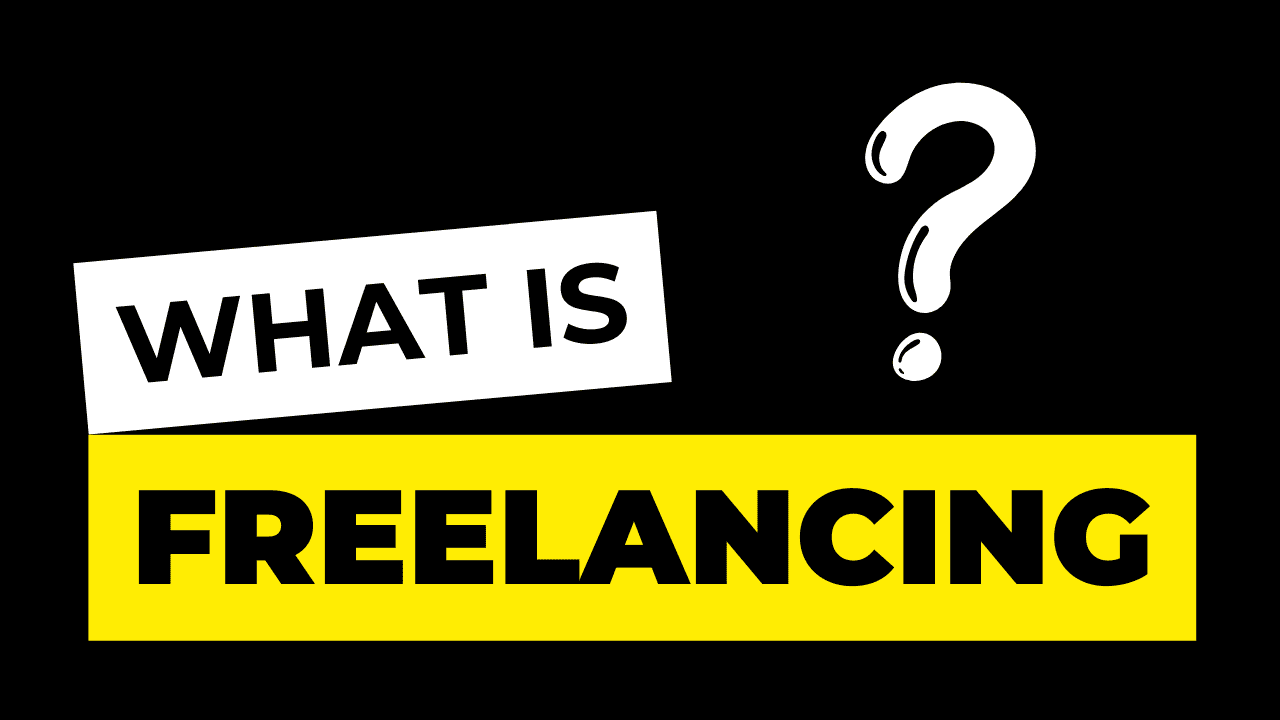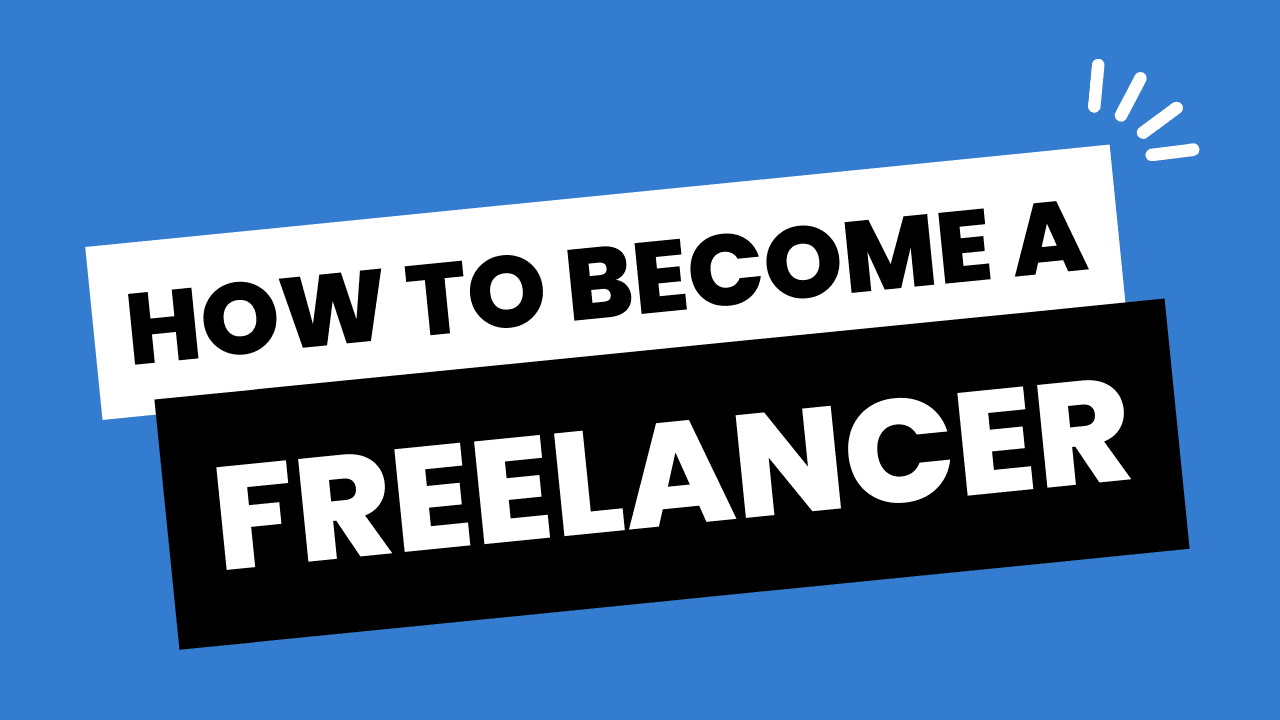What Is Freelancing
Freelancing also known as freelance work or being a freelancer, is a work arrangement in which an individual offers their services on a temporary, project-based, or contract basis to clients or companies, rather than being employed full-time by a single employer.
Freelancers are typically self-employed and have the freedom to choose the projects they work on, set their own schedules, and often work remotely. They are paid for their expertise, skills, or services, and they may work with multiple clients simultaneously.
Here are some key aspects and details about freelancing:
Independence and Flexibility: Freelancers have a high degree of independence. They can decide when and where they work, allowing for a better work-life balance. This flexibility can be especially appealing for those who prefer to work on their own terms. They are not bound by the traditional 9-to-5 work structure.
Variety of Work: Freelancers can work on a wide range of projects for different clients, industries, and sectors. This variety can provide exposure to different types of work and help expand one’s skill set.
No Long-Term Commitments: Freelancers are not bound by long-term contracts with a single employer. They work on a project-by-project basis, and both the client and the freelancer have the option to end the collaboration when the project is completed.
Self-Employment: Freelancers are considered self-employed, which means they are responsible for managing their own taxes, insurance, and retirement savings. This can be both an advantage and a challenge, as it provides more control over finances but also entails more administrative responsibilities.
Marketplace Platforms: Many freelancers find work through online platforms such as Upwork, Fiverr, Freelancer, and Toptal. These platforms connect clients and freelancers, making it easier for clients to find specific skills and for freelancers to find opportunities.
Diverse Skills and Industries: Freelancers can be found in a wide range of industries, including web development, graphic design, writing, digital marketing, consulting, software development, and more. The skills and services offered can vary greatly.
Payment Structure: Freelancers are typically paid on a per-project or hourly basis. Rates can vary significantly depending on the type of work, the level of expertise, and market demand.
Example: Let’s take the example of a freelance graphic designer:
Skills: A graphic designer has expertise in creating visual content, such as logos, websites, marketing materials, and branding assets.
Independence: They have the freedom to work from anywhere and set their own hours, as long as they meet project deadlines.
Finding Work: They can create a profile on a freelance platform like Upwork and bid on projects posted by clients looking for design services.
Projects: A graphic designer might work on a logo design project for a startup one week, create marketing materials for an e-commerce store the next, and design a website for a local business the following month.
Payment: They could charge clients on an hourly basis or a fixed fee per project, depending on the client’s preferences and the complexity of the work.
In this example, the graphic designer is a freelancer who offers their design services to various clients on a project basis. This arrangement allows them to work in a field they are passionate about, choose the projects that interest them, and have the flexibility to manage their own work schedule.


